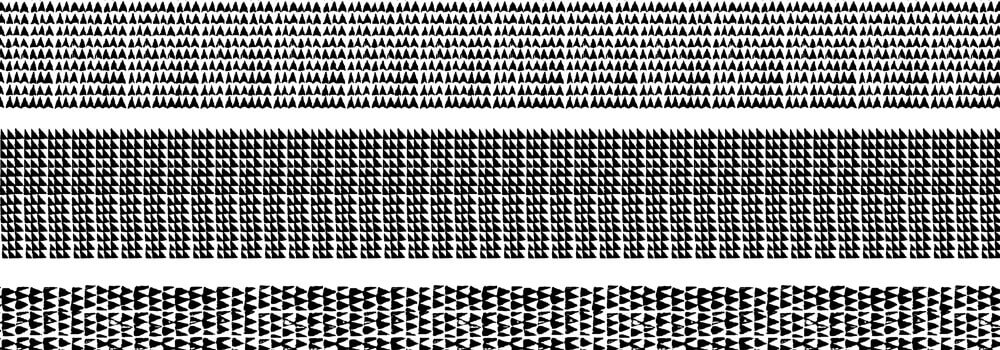Manaola’s Pewa design is his take on a classic wedge pattern found on many traditional Hawaiian textiles. The design is based on the fishtail repair found in traditional Hawaiian woodworking, which was used to prevent wood from splitting or to patch holes in broken calabashes.
For Manaola, this wedge-shaped pattern is symbolic of healing and the mending of wounds of the heart and mind. He places the Pewa print in a fluid, flowing formation as a visual metaphor for the passage of time, which is necessary for growth, understanding and wisdom.
The print takes on even a deeper meaning for Manaola, who believes that by mending one’s cultural past, one can shape an empowered future. Hawaiians, like many other indigenous peoples around the world, have endured spiritual, physical, political and cultural disruptions during the course of their history, making the symbolic healing of the pewa of paramount importance to reconnecting with the past to survive in the modern world.







